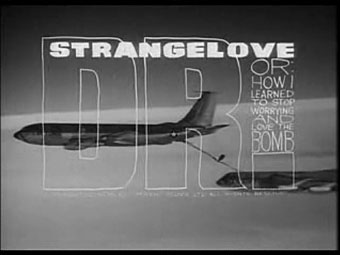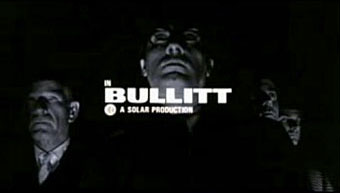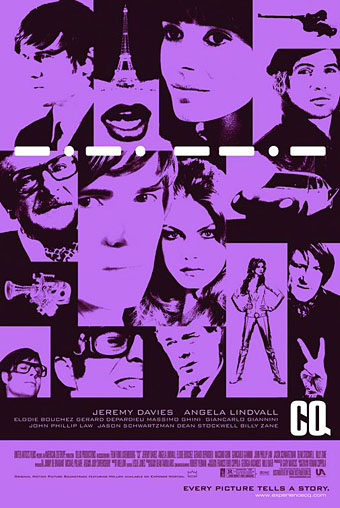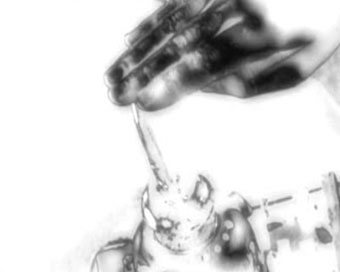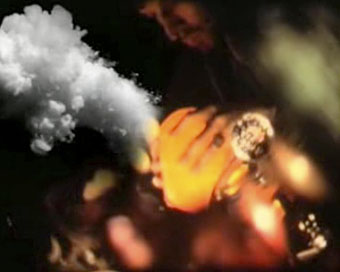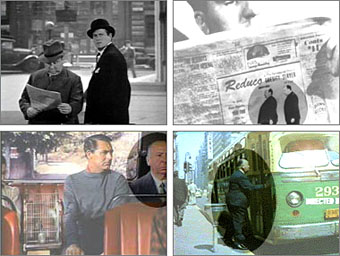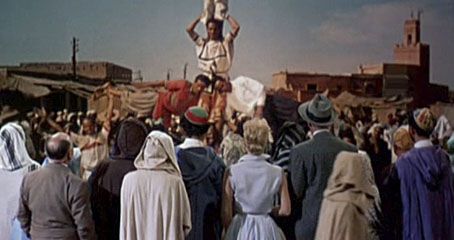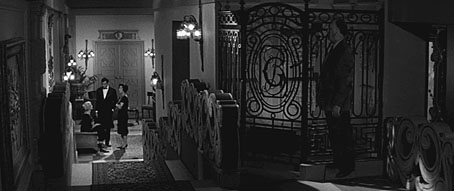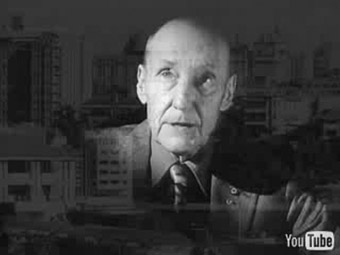Dr. Strangelove titles (1964).
There’s less of his work around than there should be, unfortunately. Saul Bass is justly celebrated for his title sequences and poster designs yet Pablo Ferro—whose titles were equally innovative and memorable—is rarely heard of even though you’ll have seen a lot of his work.
Bullitt titles (1968).
Ferro’s advertising films brought him to the attention of Stanley Kubrick for whom he created titles and trailers for Dr. Strangelove and A Clockwork Orange (1971). The hand-drawn quality of the Strangelove titles was revisited for Stop Making Sense (1984) and Men In Black (1997), while the frenetic pace of the Clockwork trailer still seems advanced over thirty years later. This collection lacks his titles for the original Thomas Crown Affair (1968) but you can see a mix of Ferro’s split-screen work (which includes parts of the titles) here.
By Pablo Ferro:
• Dr. Strangelove trailer
• Dr. Strangelove titles
• Bullitt titles
• A Clockwork Orange trailer
• Stop Making Sense titles
• To Die For titles
• LA Confidential titles
About Pablo Ferro:
• Pablo Ferro documentary clips: I | II
• Quick Cuts, Coarse Letters, Multiple Screens—an article by Steven Heller
• Free Ferro-derived fonts! Pablo Skinny | Major Kong
Previously on { feuilleton }
• Juice from A Clockwork Orange
• Clockwork Orange bubblegum cards
• Alex in the Chelsea Drug Store

